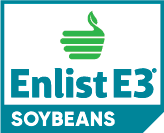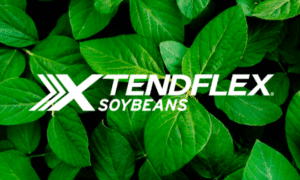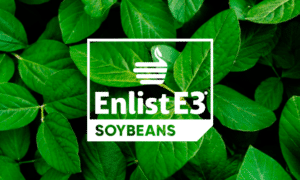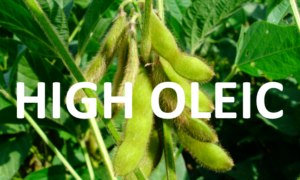Filter Products-
-
Maturity
-
Maturity Days
-
Stalk Strength
-
SG 0643XTF

A broad acre, flexible line to fill the shoes of the previous SG 0720XT. Quick out of the ground and quick to cover the rows, this bean is eager to set pods and fill those branches. It is an early bean with great standability that you can count on late into the season. This is an early season line with outstanding yield potential.

Maturity Group: 0.6
Learn more → -
SG 1023E3

Great standability and stress tolerance propel this Early-Group I Enlist E3® product above and beyond other early Enlist E3® varieties. With great White Mold and Sudden Death Syndrome protection, this bean can handle any acre with ease.

Maturity Group: 1.0
Learn more → -
SG 1143XTF

Breakthrough variety when it comes to White Mold tolerance. Coupled with excellent standability and consistency across acres, this Early-Group I XtendFlex® bean has it all. Place with confidence and watch it fill your bin!

Maturity Group: 1.1
Learn more → -
SG 123OR

A yield-dominating variety, proven year after year. Highly productive lateral branches help this variety pack on yield across various soil types. This variety displays a great disease package to help withstand those tougher acres.
Maturity Group: 1.2
Learn more → -
SG 1320E3
Next-level yields in this Early-Group I Enlist E3®. More consistent, higher yielding and earlier maturing replacement for SG 1455E3. Stands better with a cleaner appearance in high yield environments. Maintains good health, height, and width under stress.

Maturity Group: 1.3
Learn more → -
SG 1499H

Jump on the high oleic train with this exciting variety! A Mid-Group I conventional bean with high oleic oil content for feeding or crushing. This variety brings a higher oleic oil content than most coupled with great standability and disease tolerance.
Maturity Group: 1.4
Learn more → -
SG 1432XTF
Best package of yield and White Mold tolerance available in XtendFlex® variety. Attractive light tawny plant resists Stem Canker. Top-end potential seen across the region.

Maturity Group: 1.4
Learn more → -
SG 155C/ SG 155OR
Conventional variety with no herbicide tolerance. Good tolerance to moderate White Mold, Phytophthora Root Rot, and Brown Stem Rot. Aggressive early season growth fills the canopy and competes with weed quickly.
Maturity Group: 1.5
Learn more → -
SG 1723E3

A medium-statured variety with an excellent disease package. This variety excels on the tougher acre and stands late into the season. As a replacement for the SG 1708GTLL, this variety tackles the White Mold pressure just as easily and provides top-end yields.

Maturity Group: 1.7
Learn more → -
SG 1899H

A new high oleic oil bean that brings yield, disease tolerance, standability, and high oleic oil content! It really is the full package. Place this variety on a range of soils and watch it handle them with ease. This conventional new variety brings higher oleic oil and low linoleic oil content ideal for feeding or crushing.
Maturity Group: 1.8
Learn more → -
SG 1822XTF
Taller variety with very good standability and solid yield performance. Will adapt to various tillage and row spacing scenarios. Seed treatment should be used where Phytophthora Root Rot pressure is expected.

Maturity Group: 1.8
Learn more → -
SG 1922E3
High yielding Late-Group I variety that stands out in all yields environments. Replacement for SG 1945E3. Handles broad acres and stressed environments with ease. Strong White Mold tolerance and resistance to Soybean Cyst Nematode and Phytophthora Root Rot.

Maturity Group: 1.9
Learn more →



